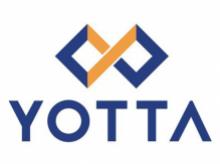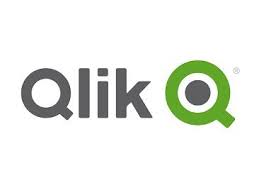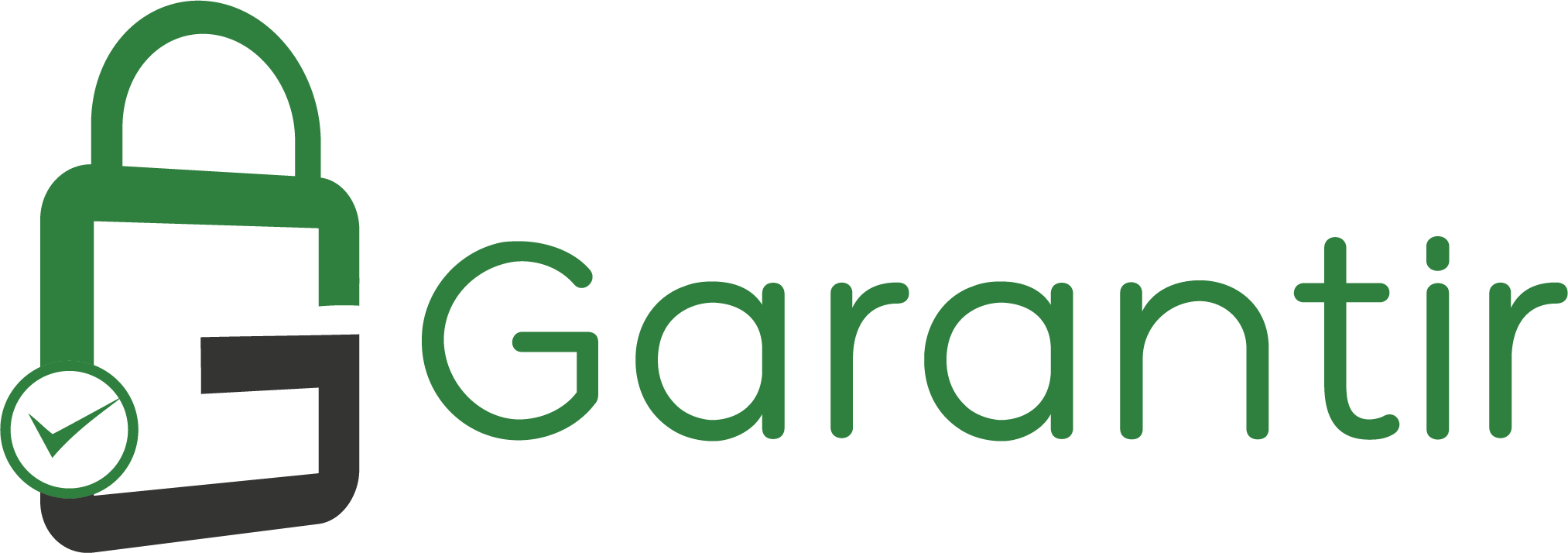Email Remains Primary Gatewy for Disinformation and Cyberattacks in 2025 : Valimail
Valimail, the leading provider of email authentication and
anti-impersonation solutions, released its 2025 Disinformation and Malicious Email
Report. The report reveals that email continues to be the most exploited attack
vector for cybercriminals and disinformation campaigns, with artificial
intelligence dramatically increasing the sophistication of these threats.
In an era marked widespread disinformation, trust in digital
communications is eroding. Malicious actors are increasingly exploiting email
to impersonate brands, launch phishing campaigns, and spread false
information-often using sophisticated methods made simpler by emerging
technologies. This environment calls for a layered approach to email
protection.
Email authentication is the foundational, cost-effective
defense that can significantly curb many of these malicious attempts at their
source, providing future-proof protection that can scale. Additionally, DMARC
uniquely protects outbound email to partners and clients thereby offering brand
and compliance protection.
The report reveals considerable variation in email
authentication implementations across industries:
Online Retail leads with 94% of surveyed domains having
implemented basic email authentication measures
Financial Services shows strong adoption (80%) but one-third
of domains lack enforcement policies that actually prevent spoofing
Higher Education faces significant challenges with nearly
two-thirds of domains unable to prevent impersonation attacks
Healthcare lags behind with just over one third having
implemented the bare minimum, non-protective DMARC policy of p=none.
"In 2024, we witnessed some of the most sophisticated
email-based attacks in history," said Al Iverson, Industry Research and
Community Engagement Lead at Valimail. "From North Korean targeting of
vulnerable domains to widespread supply chain attacks on U.S. municipalities and
general attacks on educational institutions, cybercriminals are exploiting
weaknesses in email systems with increasing precision, eroding trust in digital
communications."
Several alarming
trends are highlighted within the report, including:
Rising threat sophistication: AI-generated emails more than
ever now convincingly mimic legitimate communications, dramatically increasing
the success rate of phishing and spoofing attacks.
Cross-industry vulnerability: Every sector from financial
services to healthcare, government, and education faces significant email-based
threats, with varying levels of preparedness.
Protection gap: While more than 7.2 million domains have
implemented some form of email authentication, approximately half remain
insufficiently protected against domain spoofing.
Despite these growing threats, the report shows that
Domain-based Message Authentication, Reporting, and Conformance (DMARC)
continues to be a highly effective approach that can authoritatively prevent
the most pernicious spoofing attacks when properly implemented.
































Leave A Comment